What Should Be Included in a Risk Assessment Report?
Risk assessment should be an integral part of your job, especially if you work in the financial service industry. An asset manager would not advise a client to make a risky investment, and a venture capitalist would not invest in a startup without evaluating the risks. A proper risk assessment report contains all the information you need to make educated decisions about your company.

Prepare For Your Risk Assessment Report
Before beginning a risk assessment, you should consider the laws and regulations imposed on your industry, the resources you need to make the assessment, the stakeholders you should involve, and the scope of the process. Questions you may ask include:
- What federal and state laws govern the industry?
- How much time, manpower, and financing do you need to manage the assessment and implement the necessary changes?
- Who needs to be part of the assessment?
- How extensive are the processes needed to carry out the assessment?
A thorough report is more useful. Depending on the size of the company and the scope of the risks you want to assess, the processes involved can cross multiple departments and involve a myriad of stakeholders.
Follow These Steps To Create a Risk Assessment Report
Once you have all the information and resources you need to prepare the assessment, you can follow the five overarching steps involved in creating a report.
Pinpoint Possible Threats
For a brick-and-mortar business, hazards can include workplace incidents, such as structural damage and slip and fall accidents, or intentional actions, such as labor strikes and physical threats. Conducting business online leaves you vulnerable to technological issues, such as internet and power outages and cybersecurity breaches. There is also a personal element in mental hazards, including bullying or burnout.
Assess the Potential for Harm
For each identified hazard, evaluate whom it could affect and how. For example, if you are a sole proprietor, all potential hazards could directly affect you personally and professionally. For a larger company, some departments may face more danger given the specific circumstances.
Evaluate the Controls You Have in Place
Consider what systems or plans you already have in place to address each hazard, and ask yourself if you could eliminate the danger without suffering damage. In this step, you learn where your strategies to protect yourself and the company may need improvement. You might create a chart to prioritize plans for risk mitigation.
Document Your Actions
The record of your findings should demonstrate that you created precautions to minimize risks and conducted a thorough evaluation of your workspace. You would also want to show you kept your staff informed throughout the process, including advising them of the potential hazards. Insert your plans for controlling and dealing with dangers as they arise as well.
Reassess When Necessary
Businesses grow and evolve over time. Your risk assessment should change as well. Remember to update your controls and strategies when any substantial change happens, such as introducing new processes and equipment or onboarding new people.
Recognize the Importance of a Risk Assessment Report
Identifying the unique risks in your industry is an effective strategy to promote preparedness. A sold risk assessment report creates a foundation for plans to protect your company and employees from possible harm. To learn more about improving your organization’s information security, contact Compyl today.



